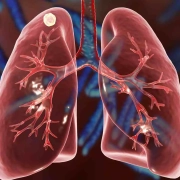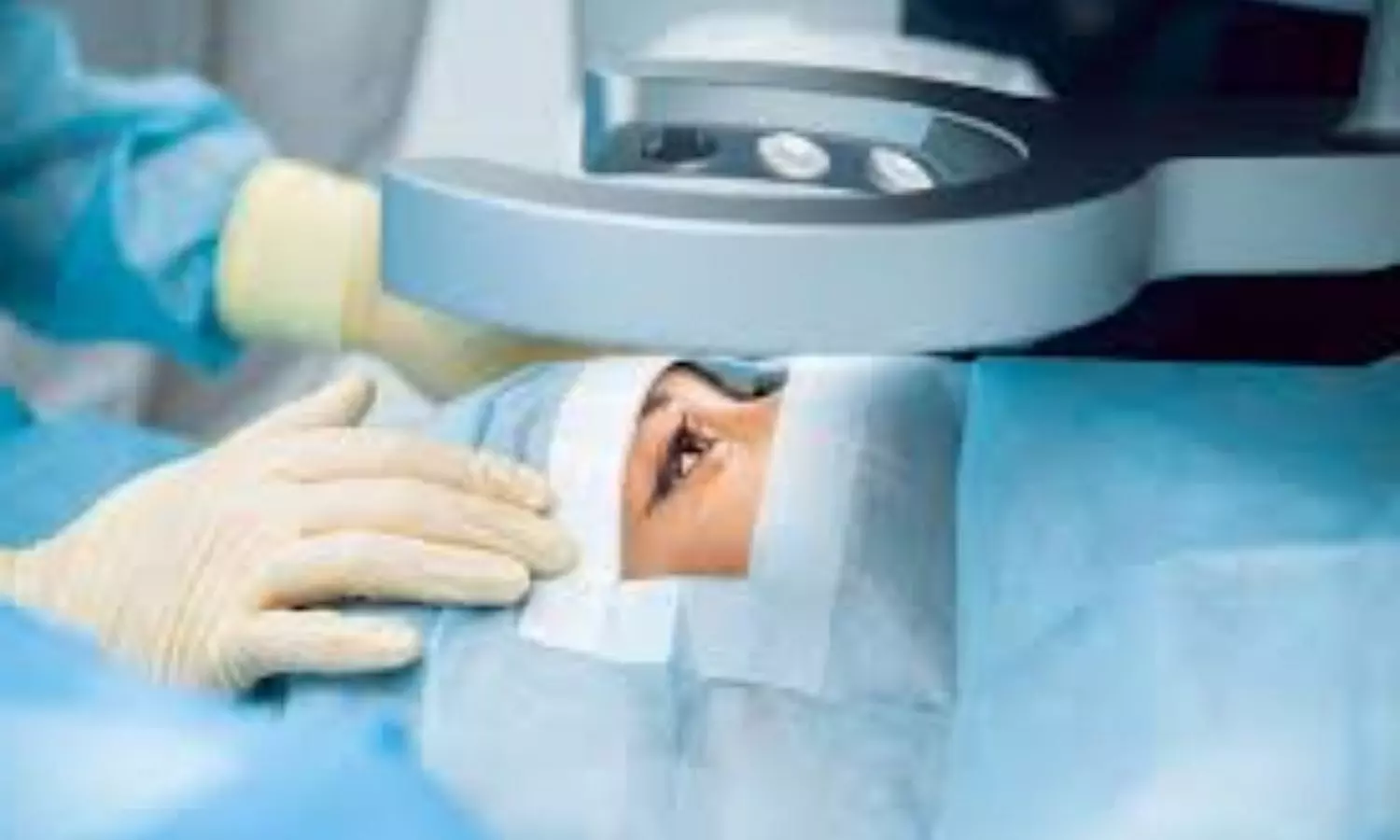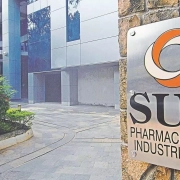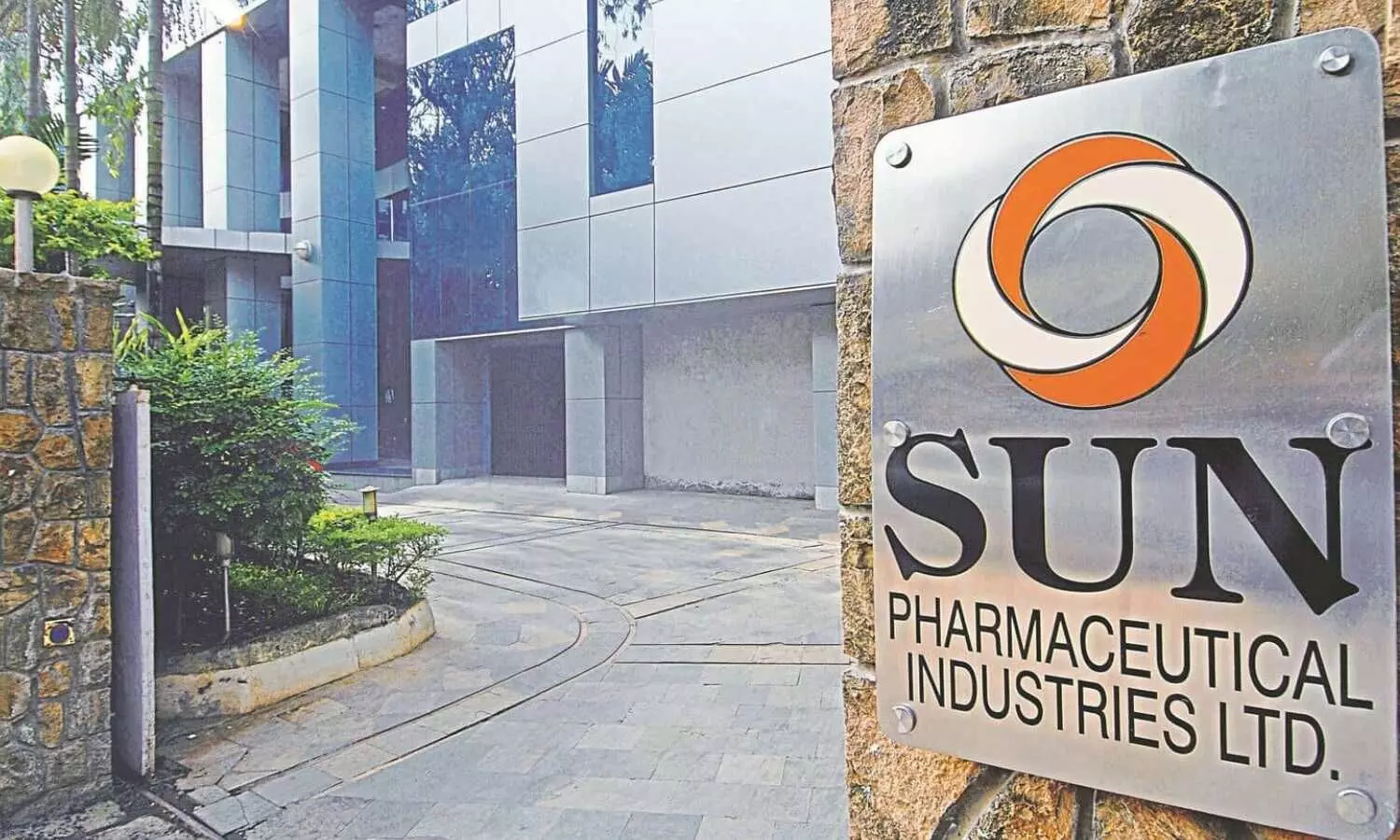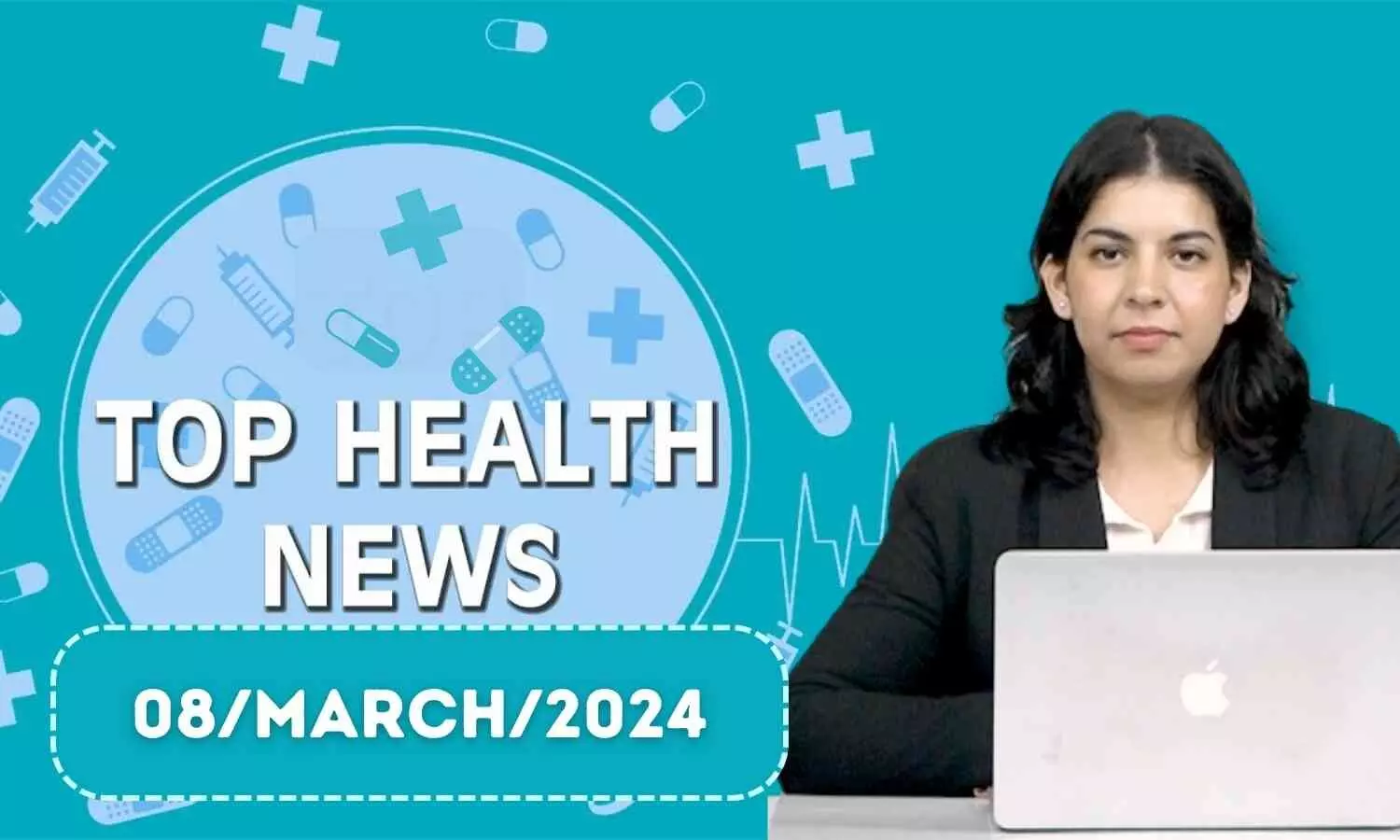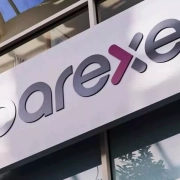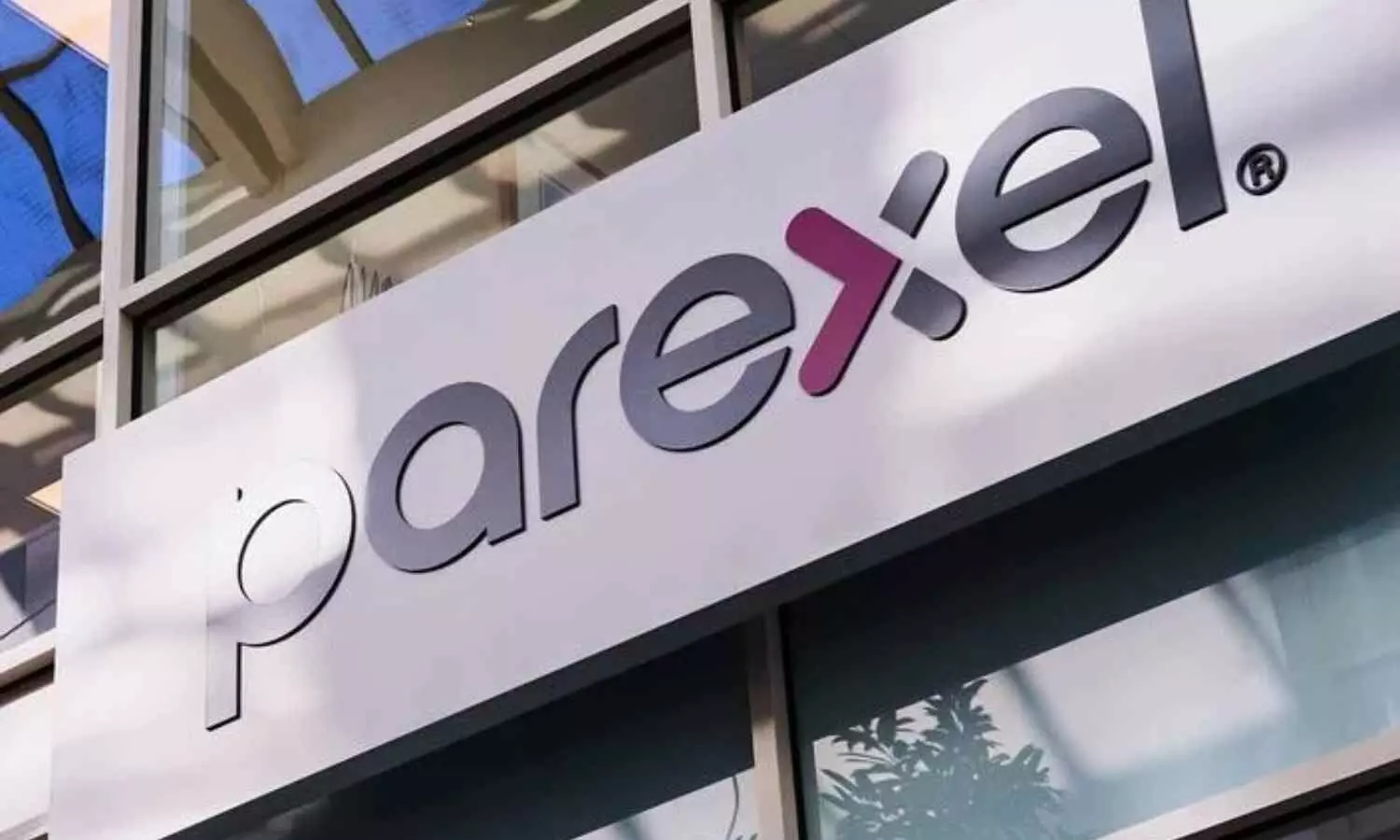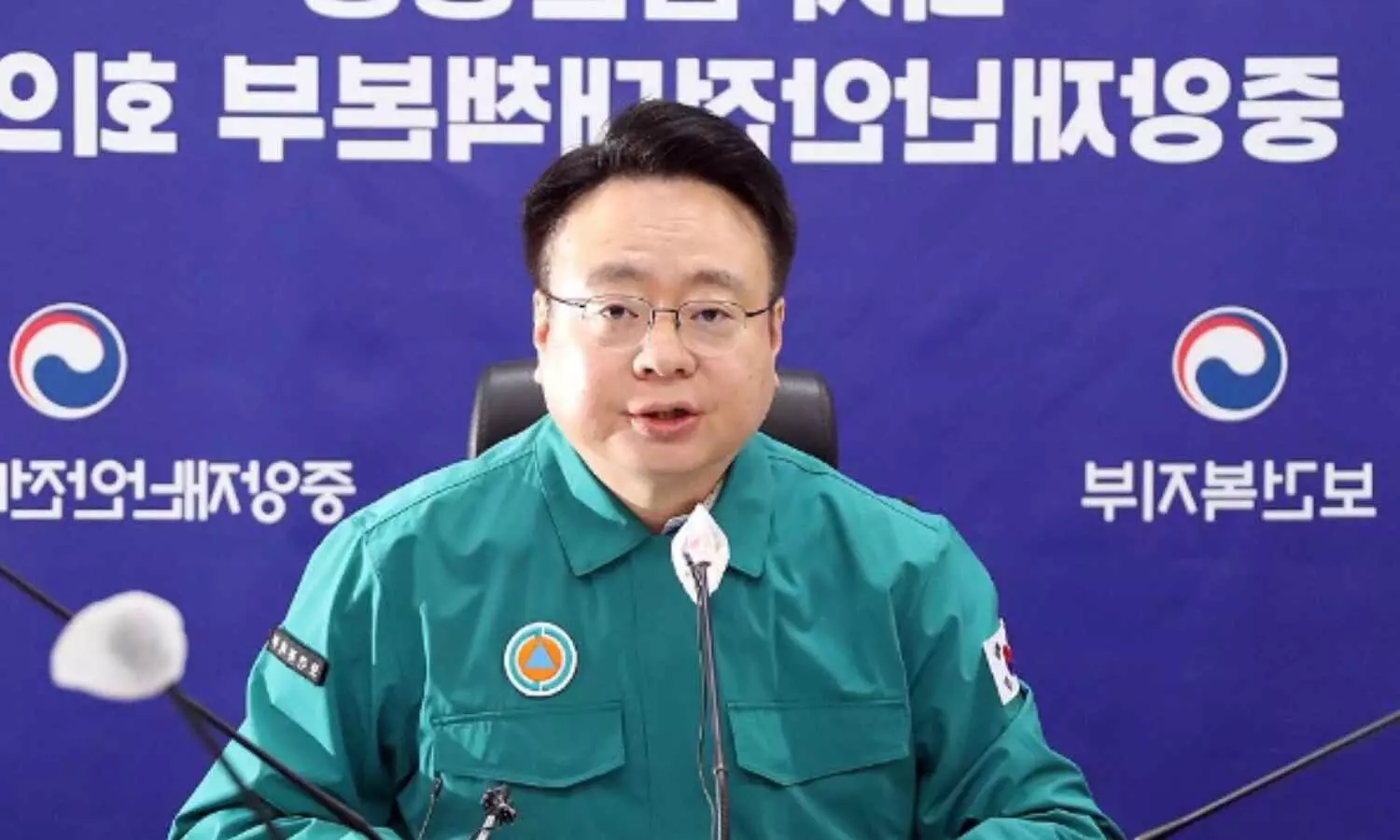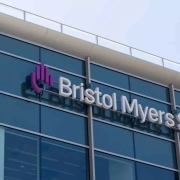New ultrasound technology may revolutionize respiratory disease diagnoses
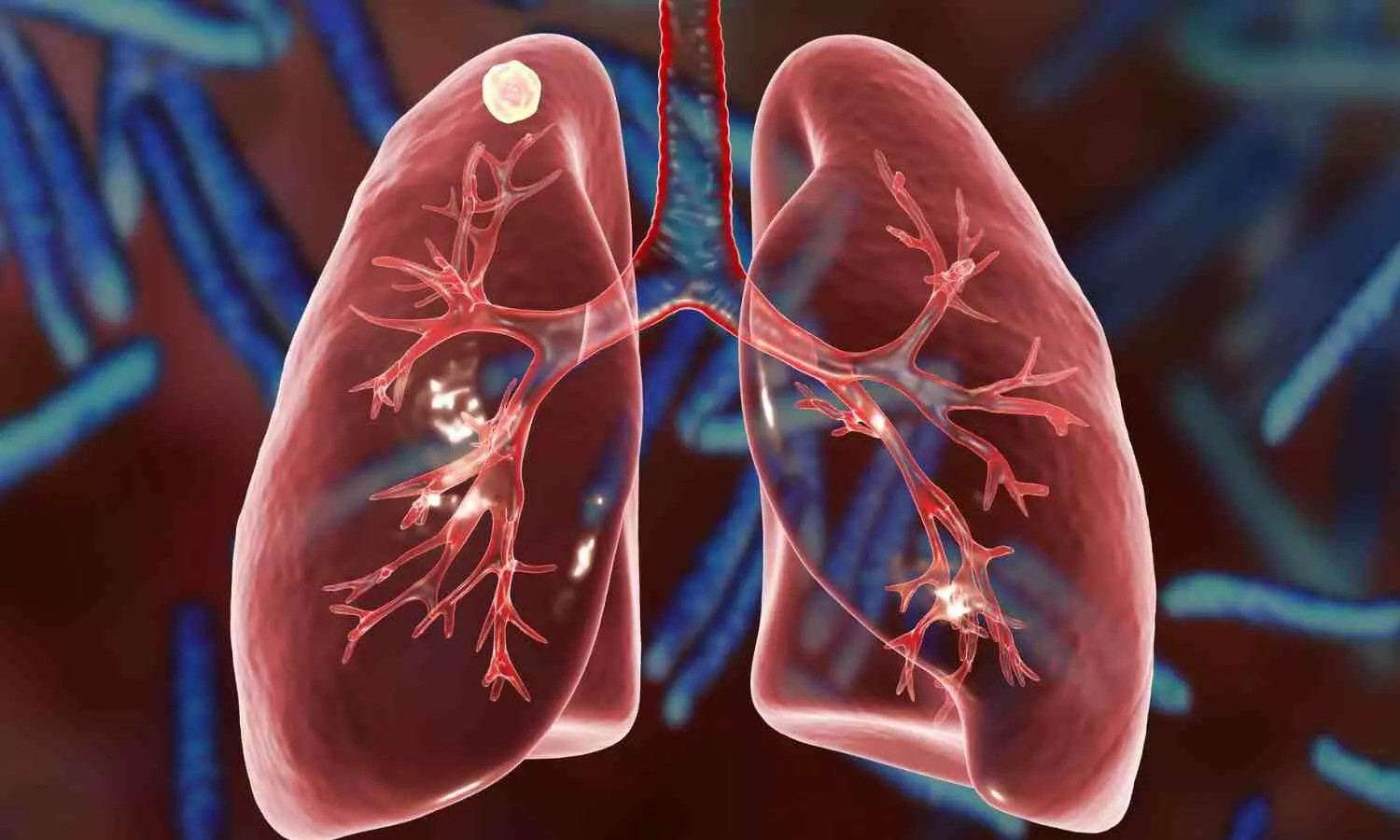
The thorax, the part of the body between the neck and abdomen, provides medical professionals with a valuable window into a patient’s respiratory health. By evaluating sound vibrations produced by the airflow induced within the lungs and bronchial tree during normal breathing as well as those produced by the larynx during vocalizations, doctors can identify potential disease-related abnormalities within the respiratory system.
But, among other shortcomings, common respiratory assessments can be subjective and are only as good as the quality of the exam. While the advent of multipoint electronic stethoscopes has helped in terms of identifying abnormalities during normal breathing, there remains a dearth of technological devices that can help characterize surface vibrations produced by vocalizations.
In AIP Advances, by AIP Publishing, a team of French researchers demonstrated the efficacy of ultrasound technology to detect low-amplitude movements produced by vocalizations at the surface of the chest. They also demonstrated the possibility of using the “airborne ultrasound surface motion camera” (AUSMC) to map these vibrations during short durations so as to illustrate their evolution.
“AUSMC is a new imaging technology that allows the observation of the human thorax surface vibrations due to respiratory and cardiac activities at high frame rates of typically 1,000 images per second,” said author Mathieu Couade. “The technology shares the physical principle of conventional ultrasound Doppler imaging, but it does not require a probe to be applied on the skin.”
The researchers tested the AUSMC on 77 healthy volunteers to image the surface vibrations caused by natural vocalizations with the aim of reproducing the “vocal fremitus” – vocalization-induced vibrations on the surface of the body-as typically analyzed during physical examination of the thorax. Surface vibrations induced were detectable on all subjects, they reported.
“The spatial distribution of vibrational energy was found to be asymmetric to the benefit of the right size of the chest, and frequency dependent in the anteroposterior axis,” said Couade. “As expected, the frequency distribution of vocalization does not overlap between men and women, with the latter being higher.”
Ongoing clinical trials will use the AUSMC to focus on the identification of lung pathologies. But the researchers are hopeful that the technology, coupled with artificial intelligence algorithms, could usher in a new era of thorax examination in which vibration patterns can be isolated. This would offer a much better window on respiratory health and enable better diagnoses of respiratory diseases.
Reference:
Frédéric Wintzenrieth, Mathieu Couade, Feizheun Lehanneur, Pierantonio Laveneziana, Marie-Cécile Niérat, Nicolas Verger, Mathias Fink, Thomas Similowski, Airborne ultrasound for the contactless mapping of surface thoracic vibrations during human vocalizations: A pilot study, AIP Advances, https://doi.org/10.1063/5.0187945
Powered by WPeMatico

